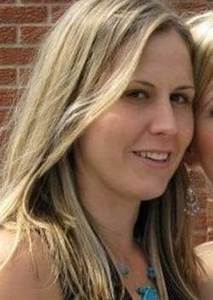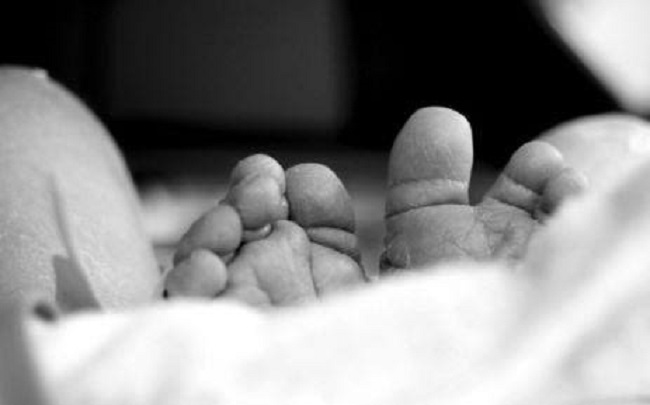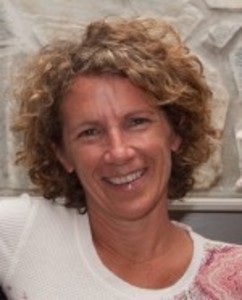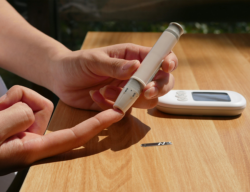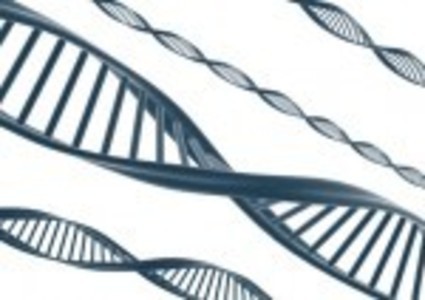When I think back to when I was 10, that is when I started to get chronic headaches. This must be when my hormones started to kick in. I got my period at 13 and from then on things for me have never really been the same.
Hormones, Menstruation and Mood: Was there a Connection?
I had emotional outbursts as a teenager but I couldn’t connect them to my periods at the time because my periods were all over the place. My period could come every 15 days or 45 days. I never knew when it would come. There was no consistency and I was never one to check it off on a calendar, or worry about it.
I remember my teenage years as being dark and depressing. I couldn’t seem to get out of a funk. It only got worse after I graduated from high school. To me that was the beginning of the end, with excruciating abdominal pain, migraines and mood swings. In the 10 years since leaving school, I was diagnosed with multiple co-morbid diseases such as Fibromyalgia, Chronic Fatigue Syndrome, Thoracic Outlet Syndrome, Restless Leg Syndrome, Depression, complicated migraines and finally endometriosis when I turned 27.
Doctors made me feel so crazy in my head and were quick to tell me I was depressed. I was once told by a doctor that he couldn’t see me anymore because I cried too much. After seeing at least 40 doctors, I was starting to really breakdown mentally. Why was everyone ignoring what I was saying? No one seemed to listen. They just pricked me with needles and said I was fine. I knew I wasn’t fine.
Pregnancy and Postpartum Hormones
I had my daughter when I was 25 and from that point on, the hormones went through the roof. I thought I was losing my bloody mind. I started to get more and more migraines to the point I had no choice but to go to the hospital to get medicated. Nothing seemed to work because of how sudden they would come on. I didn’t know at the time that my hormones were so out of whack. All I knew was that my mental state started to deteriorate and I no longer felt safe in my own apartment. I was seeing demons in my room. I was freaking out on my daughter. She was only two years old at the time. I knew I was suffering from depression now, but this was too long after postpartum wasn’t it?
Could it be Postpartum Depression?
I was watching TV one day and saw a show about postpartum depression. I decided then and there that I was going to bring myself to the hospital and just pray they wouldn’t take my kid away from me. I ended up talking to some man that didn’t even get what I was saying. He just threw me some sleeping pills and told me I was just tired.
Hormones, Mood and Endometriosis: Maybe There was a Connection
Soon after being sent home with sleeping pills, for what was likely postpartum depression, I received the results from a recent ultrasound. The 10cm cyst that would eventually lead to my diagnosis with endometriosis, was found. I was put on Marvelon21, a form of hormonal birth control. From the first week, I swear on my life, I felt like my world was full of rainbows and butterflies. I didn’t have the depression or the horrible thoughts. I started to really calm down. To this day, it is rare for me to get really angry and yell. I really think my hormones had me trapped for far too long. It is probably the main reason why I don’t ever feel that I could stop taking Marvelon ever. It saved my life. One little white pill, a very low dose birth control pill worked for me. Although, I know it doesn’t work for everyone.
I definitely feel that there are more than just hormones that affected my state of mind. I don’t feel that my body has ever been normal. I was an object of wonder when it came to doctors and their students. I was treated like a piece of dirt by every doctor. Most acted like I was making this all up. The few that were actually nice, didn’t really tell me to do anything further with treatments. They just told me what diseases I had and sent me home. No follow-ups just more confusion.
I try not to focus on the co-morbid diseases like I once did. I take one problem at a time. I refuse to believe that I actually have some of these diseases. Either way, I am not going to let my ill-health steal my life or my mind another day.
